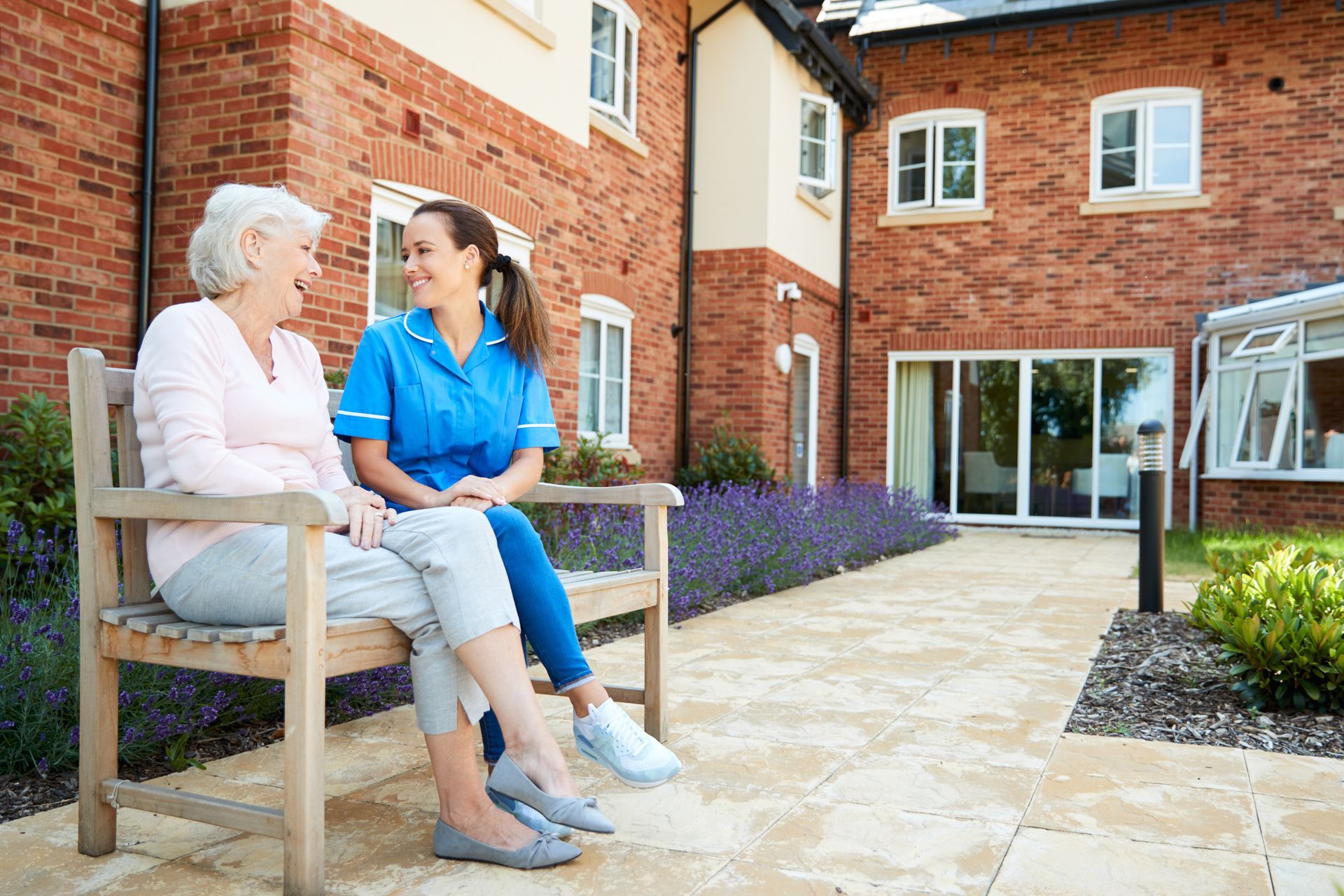BLOG
Comparing the Cost of Home to Senior Living
Some choices are easy, like whether to have broccoli or ice cream for dessert. Others might seem obvious, until you look a little deeper: you think you know which option offers the greatest benefits, when in reality, it’s actually not the best for you. Comparing the cost of senior living to staying at home is a good example. You have to be sure you are making a true apples-to-apples comparison before deciding which is the greatest value for you and your family.
Granted, if you’ve done some reading lately on senior living communities, you might conclude there’s no way they could be a more economical choice than living at home. But have you considered all the expenses of life at home?
Comparing the Cost of Senior Living to Life at Home
Food, utilities, insurance, entertainment, security, maintenance…the list never seems to end. Each month, costs nibble away at your budget. Over time, you may not even realize all the things you are paying for.
Take a few moments and give it a try. Sharpen a pencil, pour yourself a cup of tea, and walk through this chart—you might be surprised to see what a value senior living can offer in dollars and in quality of life.
| MONTHLY EXPENSES | COSTS AT HOME | COSTS IN SENIOR LIVING |
|---|---|---|
| Mortgage or rent | ||
| Caregiving | N/A | |
| Property tax and insurance | N/A | |
| Home maintenance and repairs | Included | |
| Housekeeping | Included | |
| Utilities (electricity, gas, water, trash removal, etc.) | Included | |
| 24-hour security | Included | |
| Transportation (Insurance, gas, registration, repairs) | Included | |
| Dining | Included | |
| Social and entertainment | Included | |
| 24-hour emergency alert system | Included | |
| Total Monthly Expenses |
And Don’t Forget Quality of Life.
Even if filling in numbers above tells you the senior living might come with a higher price tag, remember quality of life. Owning and maintaining a home brings with it the responsibilities of upkeep and repairs. Watching long-time neighbors and friends movie away until you’re left feeling isolated. Hesitating to get out in the evenings to take a walk or drive to a grocery because of mobility issues.
Peace of Mind for You, Your Loved One and Your Family: It Matters a Great Deal
Feeling at home is very important. But so is having the right care and round-the-clock assistance, which is covered in senior living. What if you could find a solution that offered both?
At Assured Senior Living, our goal is to make your loved one feel completely at home. Our intimate residential environment is designed to offer each resident a sense of dignity and joy, so they can enjoy a wonderful life.
Some of The Other Benefits of Senior Living:
- Staff available 24/7. In a senior living setting, there is always someone close by who can assist you or your loved one in an emergency. No more worries of what to do if the power goes out in the middle of the night. Or a medical situation grows suddenly worse. There’s a trained caregiver who can assist. It’s a very important benefit to remember when considering the cost of senior living. In fact, in an Assured Senior Living community, designated staff members live on the premises for even greater peace of mind.
- Friends close by. Living at home can get lonely for an older adult when friends move away or family is out of town. According to the CDC, isolation can significantly increase a person’s risk of premature death from all causes, a risk that may rival those of smoking, obesity or physical inactivity. In a senior living community, residents are able to safely engage in activities and events, at mealtimes, on special outings, and with family and friends.
At Assured Senior Living, residents aren’t sitting in their rooms—they’re enjoying a homelike setting with a living room, kitchen, outdoor patio and more.
- An environment designed for safety. Today’s senior living communities are designed top to bottom for senior safety. Walk-in showers, grab bars in the bathrooms, and ample lighting are just a few of the details that help reduce the possibility of falls and make life much easier when needs change and mobility becomes an issue. Plus, there are no more worries associated with climbing on a ladder to fix the roof or crawling in the attic to change a filter. Everything is handled by a helpful staff.
That leaves more time for yoga, music therapy, a group outing to a nearby park, banking cookies or decorating for the holidays.
Senior Living vs. Staying at Home: Peace of Mind Matters Most.
When you are considering the wellbeing of your loved one, you know that you want the very best environment for them; one that keeps them safe, nurtures their health, and offers them a fulfilling life. So as you look at the cost of senior living, and the cost of living at home, the answer might become clear. At Assured Senior Living, we’re here to help.
What makes our homes special? We’d love to show you!














